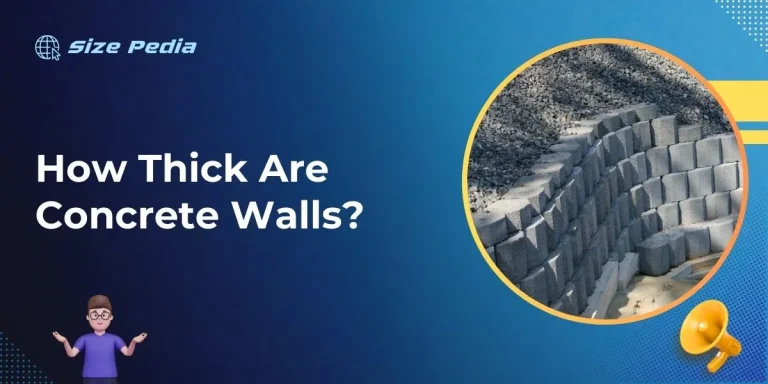How Thick is Stucco on a House: Unveiling Facts & Figures
Traditional stucco on a house typically ranges from 5/8 to 7/8 inches thick. Residential stucco layers vary depending on the application process. Stucco, a durable and aesthetic exterior finish, remains a popular choice for homeowners. It involves a skilled application process that includes three coats: the scratch coat, the brown coat, and the finish coat….










